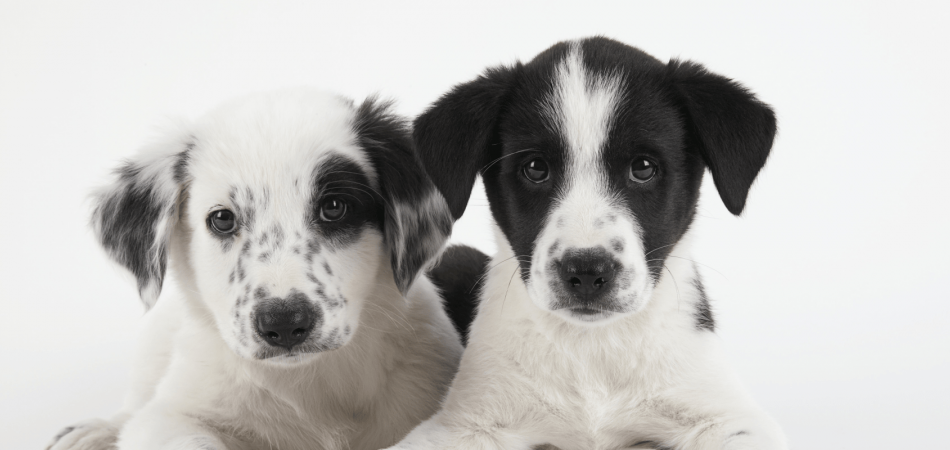A dog poop under control

Shape, consistency, color - simple and visible. We should watch it daily and know what's normal for my dog. You should notice when there's a difference. Dog poop will tell us a lot about the dog's current health right away. It's everyday health information - free and in time.
For a dog owner, it's important to know that the poo is slightly "graspable," just hard enough to be conveniently picked up in a bag. Especially for large dogs, it should also be as bulky as possible. It should preferably be pushed out in one place, not in stages. Haffit recipe makers thought of that, too, and tested a lot. And the result? Follow the chosen regularity of feeding times, and after only a few days, you know exactly when and what pile the dog will create.
The dog may have a completely different view from yours on the consistency of the poo. Let's look for a common ideal on the scale of what a dog excludes from the body.
- A very hard, dry poo, rather a series of short and thick rollers. It is difficult and painful to push for the dog. It usually shows a nutritional error (many bones, high indigestible fiber, little fluid intake, too long intervals between walking). Suits to you because of the comfortable cleaning, but harms the dog.
- Solid, not hard poo, longer rollers maybe even cones (shape slightly pointed). Smaller volume, from the well-spent food. Ideal for cleaning, it can be easily removed, but the dog has a harder time pushing and tends to keep the piece and finish it later in the next walk - double cleaning.
- Shaped separate cones, softer, smooth, with plenty of water, cohesive. The ideal poo from a dog's point of view - it comes off smoothly and suddenly until it cheers him up. It takes a bit of skill to scoop into a bag, but what we wouldn't do for the dog’s wellbeing.
- A partially shaped, twisted snail-type pile. The poo is moist, soft, cuddly. It usually has a larger volume. Picking up and cleaning it is difficult, almost impossible. While it doesn't always point to a dietetic error or disorder, such a poo isn't ideal for a dog.
- Unsculpted, sparse pancake. If it recurs, it is necessary to look for and remove the cause (some change - both food and environment, physical or psychological stress, illness). A problem for the dog and the owner, not just because of the difficult cleaning.
The consistency and color of the poo can change when the food is changed. Darkening is a good sign - higher meat content in the new food. Consistency after the change should return within three (maximum six) days to the usual, ideally, on a three or two in the scale above.